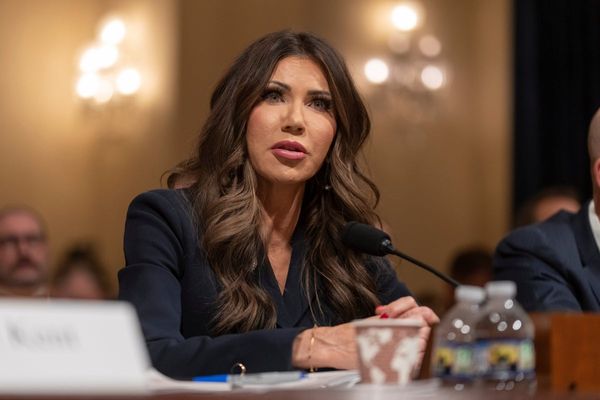
A vast majority of Australia's drinking water supplies meet new "forever chemicals" safety limits, but an expert warns more research needs to be done to understand true safe levels.
PFAS, or per- and polyfluoroalkyl substances, are a group of 15,000 highly toxic, synthetic chemicals used for their resistance to heat, stains and grease.
They are sometimes called "forever chemicals" because they break down extremely slowly, including in humans.
Emerging evidence has linked some of the chemicals to cancer, leading to tighter regulation of the substances, particularly in drinking water.
Australia's National Health and Medical Research Council on Wednesday updated its guidelines, limiting perfluorooctanoic acid (PFOA) at 200 nanograms/litre, perfluorooctane sulfonic acid (PFOS) at 8ng/L, perfluorohexane sulfonic acid (PFHxS) at 30ng/L and perfluorobutane sulfonic acid (PFBS) at 1000ng/L.
The final values are the same as its draft guidelines except PFOS, which changed its limit from 4ng/L to 8ng/L.

Industry body Water Services Association of Australia described the new guidelines as very conservative, erring on the side of safety and reflecting the latest evidence, saying recent national testing showed a "vast majority" of treated water sources would meet the new limits.
Executive Director Adam Lovell said the water sector is highly regulated, and water utilities will continue to test and take immediate action to isolate, treat and protect drinking water supplies if they are near or exceed the guidelines.
Chemical levels have been scrutinised in the past year after their discovery in the drinking water in Sydney's world-heritage listed Blue Mountains, home to 30,000, and at a national park downstream of a former quarry used by manufacturer 3M.
Ian Wright, an environmental science professor at Western Sydney University, said data is still lacking to indicate a safe level of PFOS in Australian drinking water.
"These guidelines, I can accept that they are reasonable at this point, but I don't think we've done enough research to know without doubt what the safe level is," Dr Wright told AAP.
The associate professor, who is working with the Blue Mountains community, said authorities won't understand the true risks unless they study people impacted in detail.

Blue Mountains anti-PFAS campaigner Jon Dee labelled the new guidelines a "national disgrace", saying Australia's standards were up to 50 times higher than the American equivalents.
"This decision makes Australia a global outlier on PFAS," Mr Dee said.
"Our health authorities are putting water utility convenience ahead of public health."
The NSW government has confirmed all public drinking water supplied across metropolitan and regional areas meets the updated guidelines, and it is working with suppliers to equip them with long-term solutions to manage risks from the chemicals.







